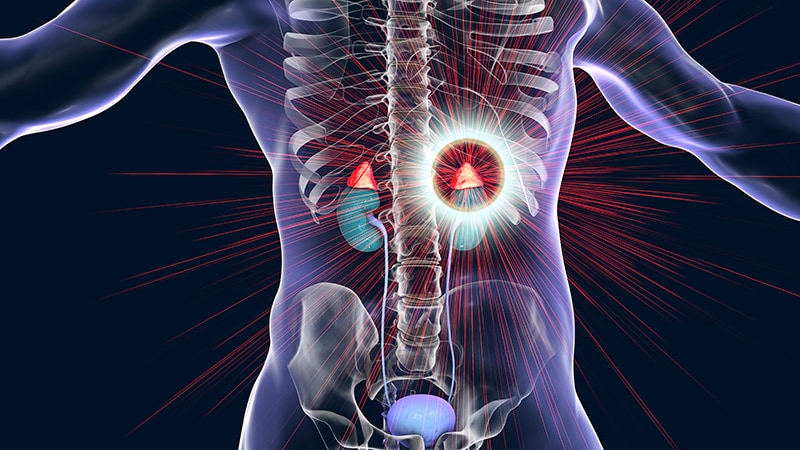
The superior cervical ganglion is located near the angle of the mandible and bifurcation of the common carotid artery. The second order (preganglionic) neuron destined for the head and neck exits the spinal cord and travels in the cervical sympathetic chain through the brachial plexus, over the pulmonary apex and synapses in the superior cervical ganglion. The descending sympathetic tract is in close proximity to other tracts and nuclei in the brainstem. The first order (central) neuron descends caudally from the hypothalamus to the first synapse in the cervical spinal cord (C8-T2 level-also called the ciliospinal center of Budge). Pupillary dilation is mediated by a three-neuron sympathetic pathway that originates in the hypothalamus. The pupil is innervated by sympathetic and parasympathetic fibers.


Horner's syndrome results from a lesion to the sympathetic pathways that supply the head and neck, including the oculosympathetic fibers. In a population based study of Horner’s syndrome in the pediatric age group, the incidence of Horner’s syndrome was estimated to be 1.42 per 100 000 patients younger than 19 years, with a birth prevalence of 1 in 6250 for those with a congenital onset. 1.4.3 Third order neuron or postganglionic lesion.1.4.2 Preganglionic (second order neuron) Horner’s.



 0 kommentar(er)
0 kommentar(er)
